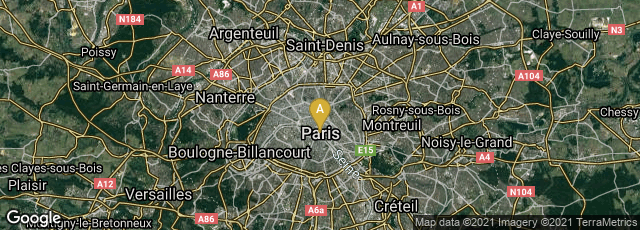

A: Paris, Île-de-France, France
The last article of la Déclaration des droits de l'Homme et du citoyen, prepared and proposed by the marquis de Lafayette, was adopted by the Assemblée nationale constituante de France on August 26 and 27, 1789, as the first step toward writing a constitution for France.
"The concepts in the declaration come from the philosophical and political principles of the Age of Enlightenment, such as individualism, the social contract as theorized by the English philosopher John Locke and developed by Jean Jacques Rousseau, and the separation of powers espoused by the Baron de Montesquieu. As can be seen in the texts, the French declaration is heavily influenced by the political philosophy of the Enlightenment, and by Enlightenment principles of human rights contained in the U.S. Declaration of Independence (4 July 1776), of which the delegates were fully aware. Thomas Jefferson, primary author of the U.S. Declaration of Independence, was at the time in France as a U.S. diplomat, and was in correspondence with members of the French National Constituent Assembly" (Wikipedia article on Declaration of the Rights of Man and of the Citizen, acessed 09-19-2009).